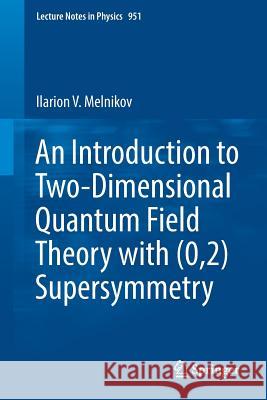An Introduction to Two-Dimensional Quantum Field Theory with (0,2) Supersymmetry » książka
topmenu
An Introduction to Two-Dimensional Quantum Field Theory with (0,2) Supersymmetry
ISBN-13: 9783030050832 / Angielski / Miękka / 2019 / 482 str.
Kategorie BISAC:
Wydawca:
Springer
Seria wydawnicza:
Język:
Angielski
ISBN-13:
9783030050832
Rok wydania:
2019
Wydanie:
2019
Ilość stron:
482
Waga:
0.69 kg
Wymiary:
23.39 x 15.6 x 2.57
Oprawa:
Miękka
Wolumenów:
01
Dodatkowe informacje:
Wydanie ilustrowane











